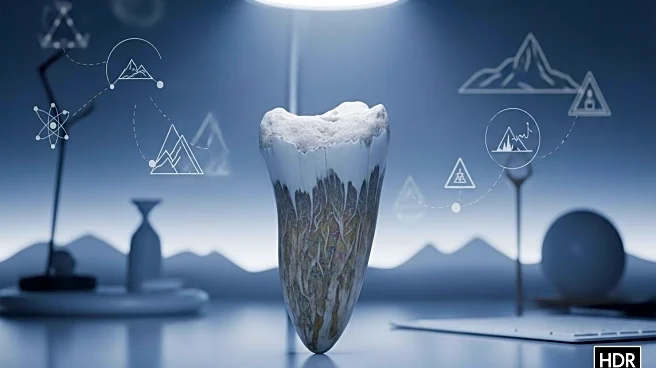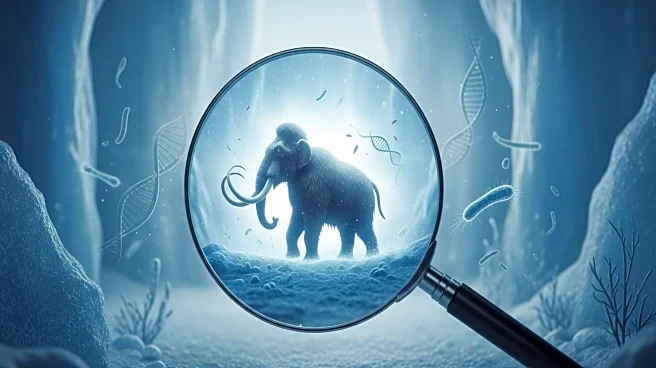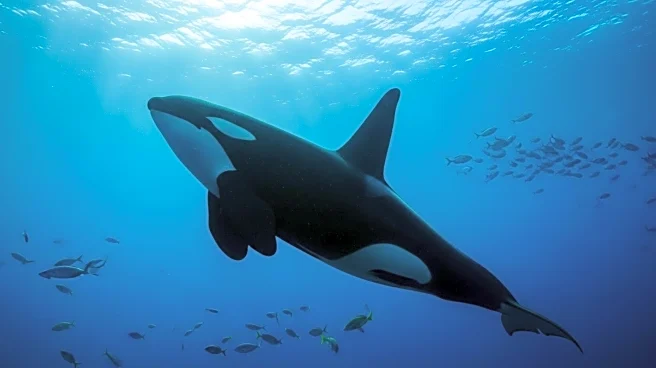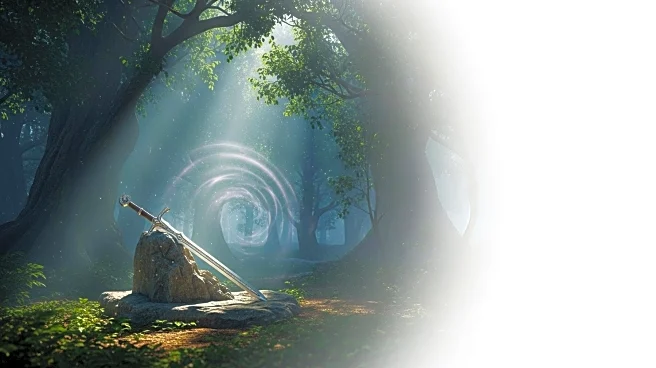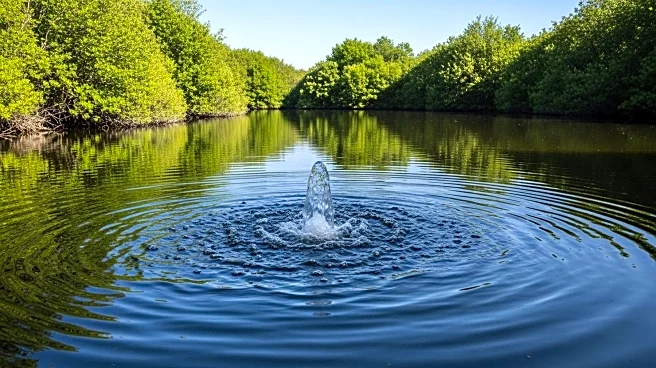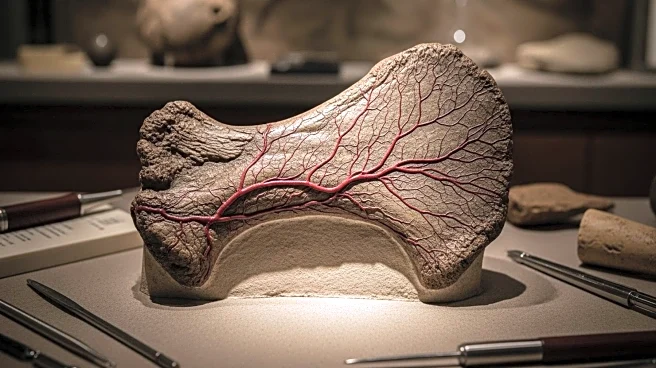What's Happening?
Researchers at the Centre for Palaeogenetics, a collaboration between Stockholm University and the Swedish Museum of Natural History, have discovered microbial DNA preserved in woolly and steppe mammoth remains dating back over one million years. This groundbreaking study, published in Cell, involved the analysis of microbial DNA from 483 mammoth specimens, with 440 sequenced for the first time. The team identified microbes that lived alongside mammoths, as well as those that invaded their remains post-mortem. The study revealed six microbial clades consistently associated with mammoth hosts, including relatives of Actinobacillus, Pasteurella, Streptococcus, and Erysipelothrix. Some of these microbes may have been pathogenic, raising questions about mammoth vulnerability to infections similar to those affecting their closest living relatives, African and Asian elephants.
Why It's Important?
The discovery of ancient microbial DNA in mammoth remains offers unprecedented insights into the microbiomes of extinct megafauna. This research pushes the boundaries of understanding host-associated microbes, providing perspectives on adaptation, disease, and extinction in Pleistocene ecosystems. The findings suggest that some microbial lineages coexisted with mammoths for hundreds of thousands of years, spanning wide geographic ranges and evolutionary timescales. This study opens new avenues for exploring the biology of extinct species, allowing researchers to investigate not only the genomes of mammoths but also the microbial communities that lived within them. Such insights could enhance understanding of ancient ecosystems and the evolutionary dynamics between hosts and their microbiomes.
What's Next?
The study's findings pave the way for further research into the interactions between ancient hosts and their microbiomes. Future studies may focus on reconstructing more complete microbial genomes from extinct species, providing deeper insights into the role of microbes in the health and evolution of megafauna. Researchers may also explore the potential pathogenicity of identified microbes and their impact on mammoth populations. Additionally, this research could inform conservation strategies for modern elephants by understanding historical disease dynamics and microbial interactions.
Beyond the Headlines
The ability to recover microbial DNA from ancient remains challenges existing limits of paleogenomic research, offering a new dimension to the study of extinct species. This research highlights the importance of microbial communities in shaping the evolutionary history of hosts, potentially influencing adaptation and survival. The study also raises ethical considerations regarding the manipulation of ancient DNA and its implications for understanding biodiversity and extinction.
